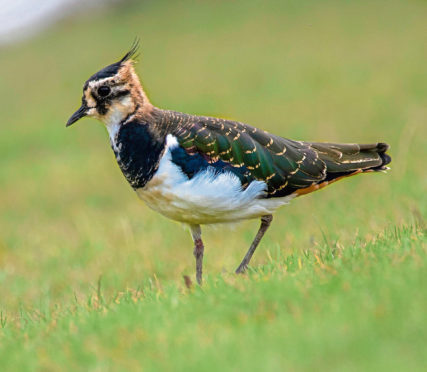Farmers and land managers are being encouraged to take steps to halt a decline in the number of wading birds in Scotland.
A report by Working for Waders highlights a steep decline in the number of waders, including lapwings, oystercatchers and curlews, in Scotland in the past 25 years. It warns that without urgent action, these birds could be lost.
Working for Waders, which is co-chaired by Scotland’s Rural College (SRUC) and Scottish Natural Heritage (SNH), is an initiative established in 2017 to raise awareness of wader declines and show how these can be reversed.
The initiative’s co-chairman, Professor Davy McCracken – who heads SRUC’s hill and mountain research centre – said steps to boost wader numbers on farms rarely involved removing productive land from use.
“Some actions can be win-wins for farmers, as they benefit both agricultural productivity and the waders,” said Prof McCracken.
“For example, applying lime to improve soil pH can increase the abundance of invertebrates the birds prey upon. And, outwith the breeding season, cutting rushes provides the birds with access to those invertebrates across a greater area in any one field.”
He called on farmers to work together on collaborative projects, such as creating wetland habitats by not draining wet areas in fields, or by controlling predators of ground-nesting birds such as foxes.
SNH acting director of sustainable growth, Robbie Kernahan, said the agency had created maps to show current work to reverse the decline in wader numbers, and where resources need to be targeted.
